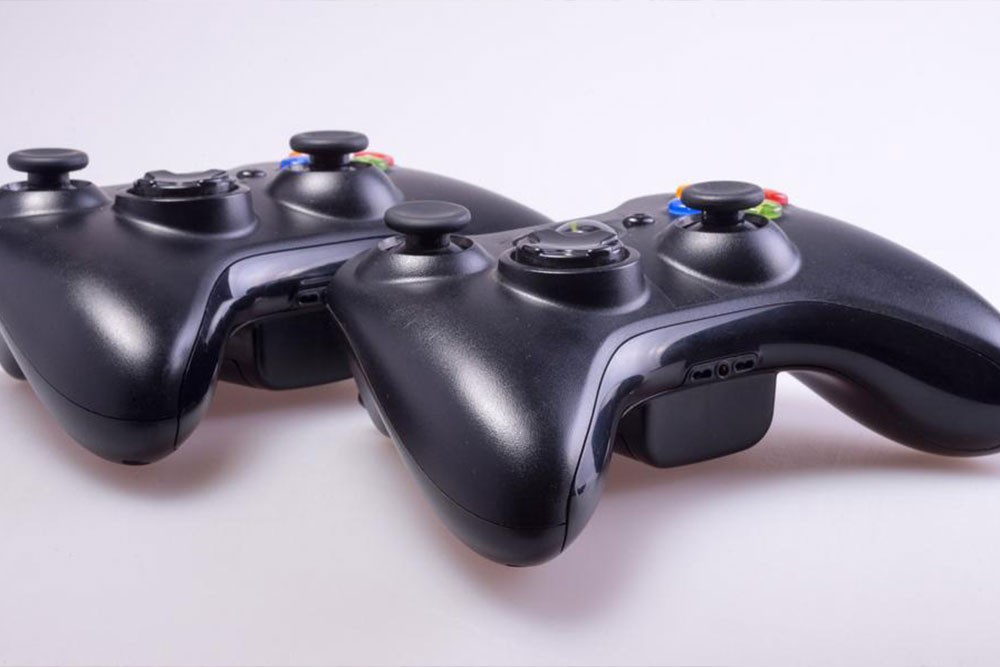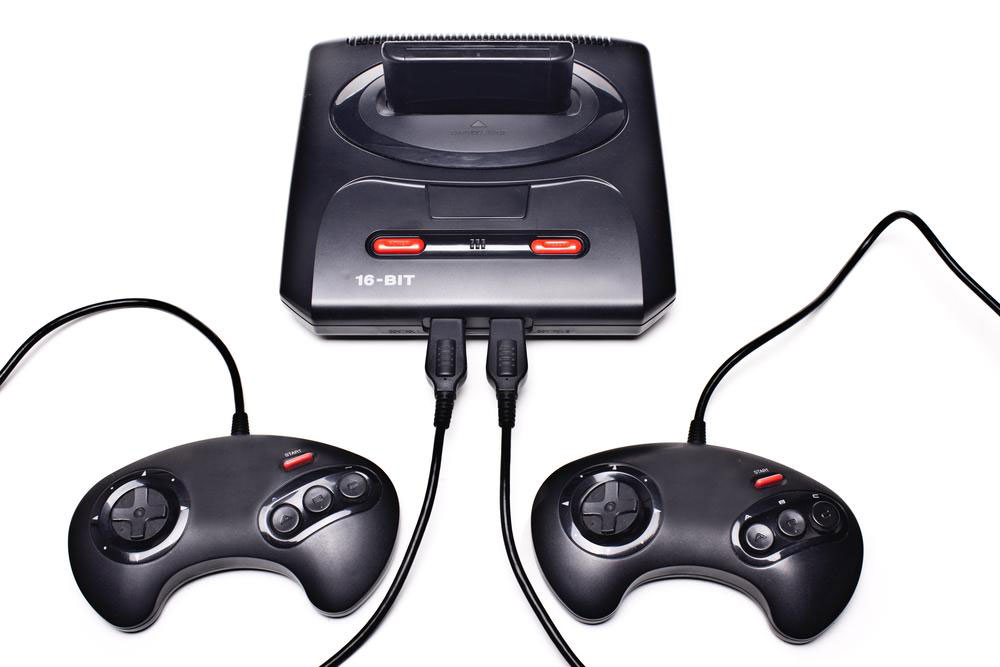Nintendo GameCube: A Retro Classic in Gaming History
Explore the legacy of Nintendo's GameCube console, a groundbreaking sixth-generation device recognized for its innovative use of optical discs and online features. Despite simple design, it achieved global popularity, with millions of units sold and a lasting impact on gaming culture.

Nintendo GameCube: A Retro Classic in Gaming History
The gaming console industry is highly competitive, dating back to the 1960s. Over the decades, it has evolved dramatically, introducing numerous brands and innovative designs. Both global giants and local manufacturers compete fiercely to capture market share through unique features and appealing aesthetics.
Nintendo, a renowned Japanese gaming company, has launched several popular consoles over the years. Among their notable releases is the Nintendo GameCube, introduced as part of the sixth generation of gaming consoles.
Key Details about the Nintendo GameCube
Released initially in Japan in 2001, the Nintendo GameCube arrived in North America in November 2001 and later reached Europe and Australia in 2002. Competing alongside Sony and Microsoft consoles, it made a significant impact in the industry.
The GameCube was Nintendo's first console to utilize optical discs, using mini DVD-sized media to keep its design compact. Although it didn't support standard CDs or DVDs, it offered online gaming with compatible adapters and broadband connections. The console also featured a secondary display option through a handheld device, serving as a remote control.
The console received favorable reviews for its innovative features, controller ergonomics, and extensive game library. Despite criticism for a simple exterior appearance and limited stylish designs, it sold nearly 22 million units worldwide. Alongside other successful Nintendo devices like GameBoy and GameBoy Advance, the GameCube remains a beloved part of gaming history.










